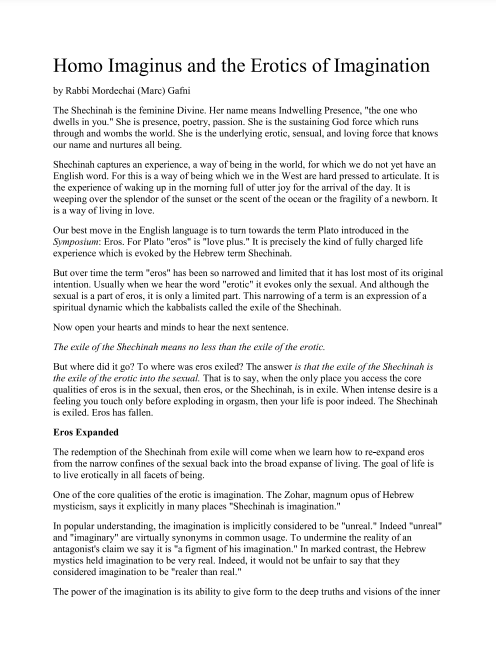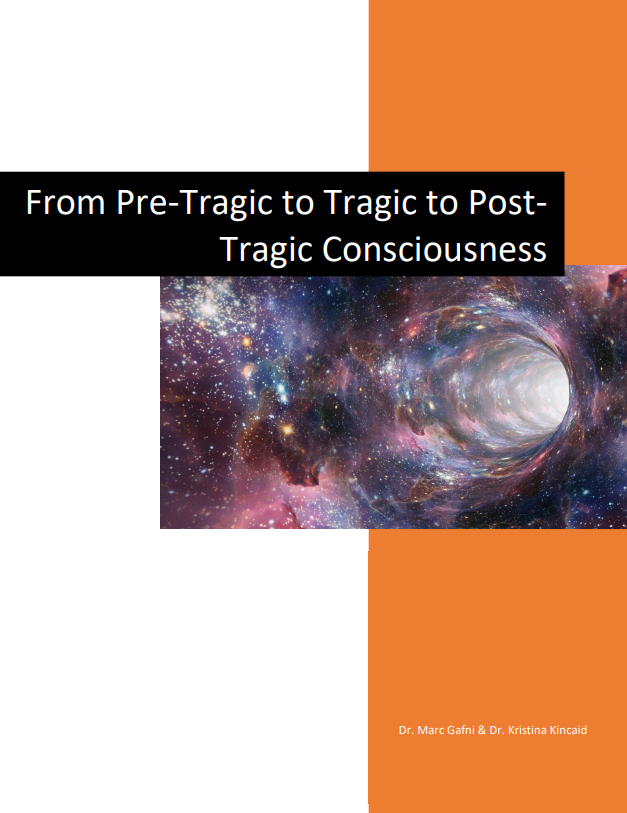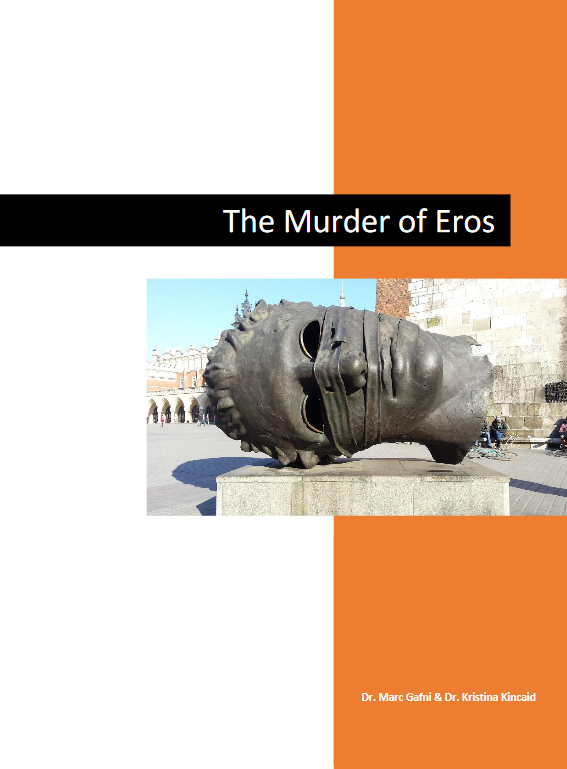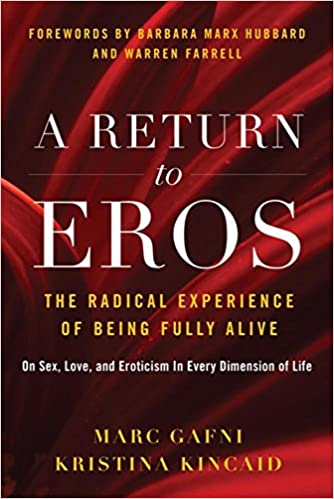Parallax Spiritual Book Club Video Dialogue with Dr. Marc Gafni Round 2: The Murder of Eros
Andrew Sweeney in Dialogue with Dr. Marc Gafni on The Murder of Eros
Round 2 of a dialogue with Marc Gafni hosted by Andrew Sweeny
Andrew Sweeny writes about this dialogue:
Dr. Marc Gafni is a Rabbi, an integral philosopher, and—and by his own description—an outrageous lover, as any good philosopher should be.
I spoke to him about his book A Return to Eros and the need for eros in spirituality, politics, and life.
In this conversation, I will query him about ‘the murder of eros’, based on the final chapter in his book—and ask him how spirituality and religion can integrate the erotic, beyond mere hedonism or repression. As Marc says, ‘We need to take sex seriously.’




